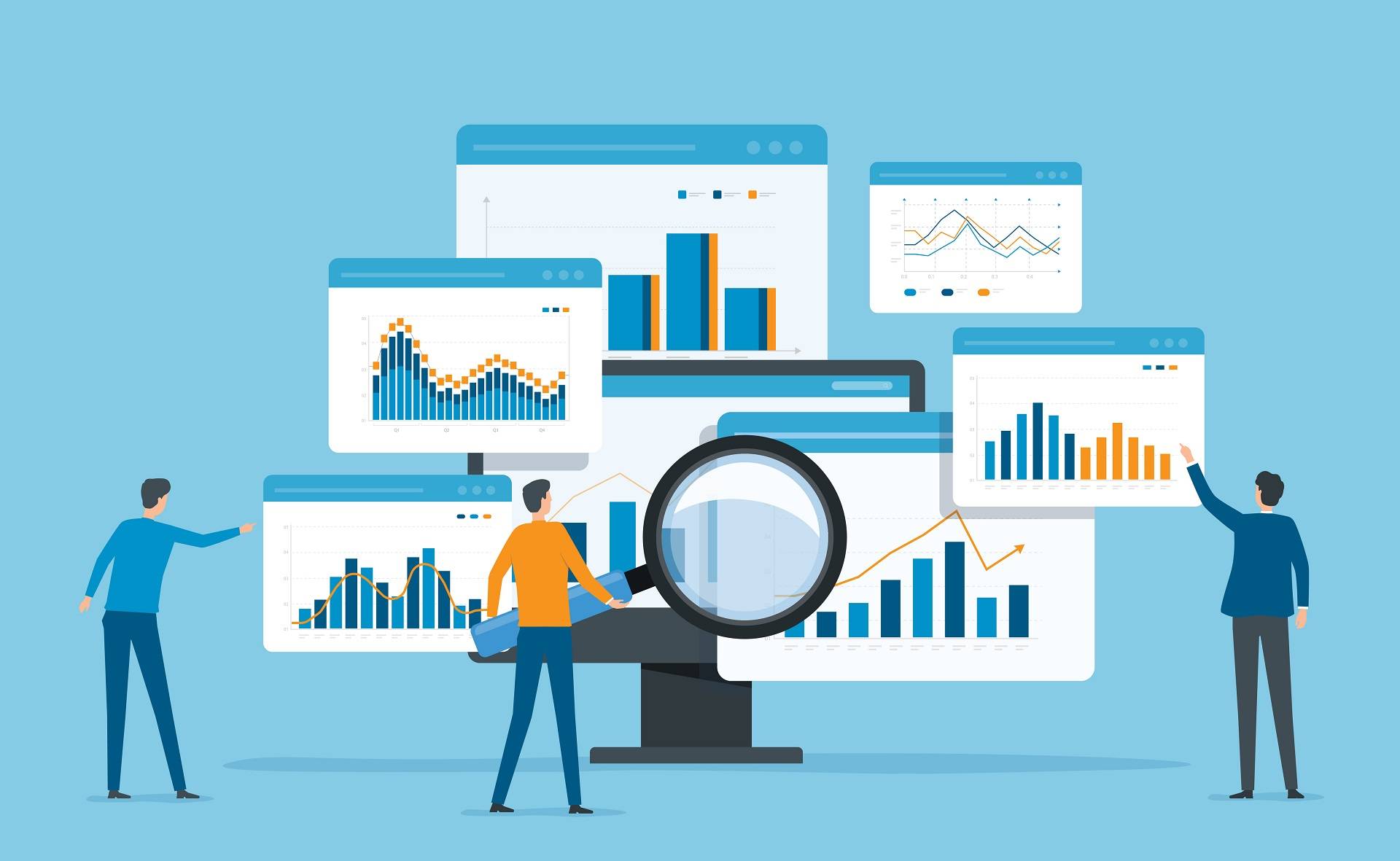In our increasingly digital world, the security of your financial data is a paramount concern. As we transition more of our banking, shopping, and personal finance management online, the security infrastructure that protects this information must be robust. This blog post delves into the risks to your financial data, measures you can take to protect it, and what to look for in institutions that manage your data.
Understanding the Risks
The primary appeal of financial data for cybercriminals lies in its high value. Threats such as identity theft, phishing scams, and sophisticated data breaches can lead to substantial financial loss and long-term damage to one’s credit score and personal reputation. The evolving nature of cyber threats necessitates an ever-vigilant approach to security, especially as methods such as ransomware and advanced persistent threats become more prevalent.
Essential Security Measures
To shield your financial data effectively, consider these advanced security practices:
– Multi-factor Authentication (MFA): Adding layers of security beyond just a password is crucial. MFA combines two or more independent credentials: what you know (password), what you have (security token), and what you are (biometric verification).
– Secure Connections: Ensure that any device used for financial transactions is secured through encrypted connections. Avoid public Wi-Fi for any financial dealings; instead, opt for a virtual private network (VPN) to encrypt your internet traffic.
– Regular Software Updates: Cybercriminals exploit vulnerabilities in software to gain unauthorized access to systems. Regularly updating your software, operating systems, and applications helps protect against these vulnerabilities.
– Education and Awareness: Regular training sessions for you and your team on recognizing phishing emails, understanding secure browsing practices, and spotting unusual transaction activities can significantly reduce security breaches.
Corporate Safeguards
Banks and financial institutions are at the forefront of adopting cutting-edge security measures to protect customer data, which include:
– Encryption Techniques: Financial institutions use strong encryption to protect data integrity and confidentiality during transactions and while stored.
– Real-time Monitoring and AI: Many organizations now utilize artificial intelligence to monitor real-time transaction patterns that help detect and prevent fraudulent activity quickly.
– Blockchain Technology: Some institutions are turning to blockchain technology for its benefits in security and transparency, distributing data across a network to eliminate single points of failure.
Tools and Technologies
Investing in the right tools can also enhance your financial data security:
– Advanced Encryption Software: Encrypts data at rest and in transit, making it unreadable to unauthorized users.
– AI and Machine Learning: These technologies are employed to predict and identify potential threats based on anomaly detection in user behavior.
– Blockchain: Offers an immutable record of transactions, providing an additional layer of security for sensitive financial operations.
Conclusion
Securing financial data is an ongoing battle against evolving threats. By understanding the risks and implementing robust security practices, you can significantly enhance the protection of your financial information. It’s crucial not only to adopt these practices yourself but also to choose financial services that uphold the highest security standards.
Are you looking to fortify your financial data against the latest cyber threats? Contact us to discover how our innovative solutions can safeguard your financial health. Don’t let cyber threats undermine your financial stability.



